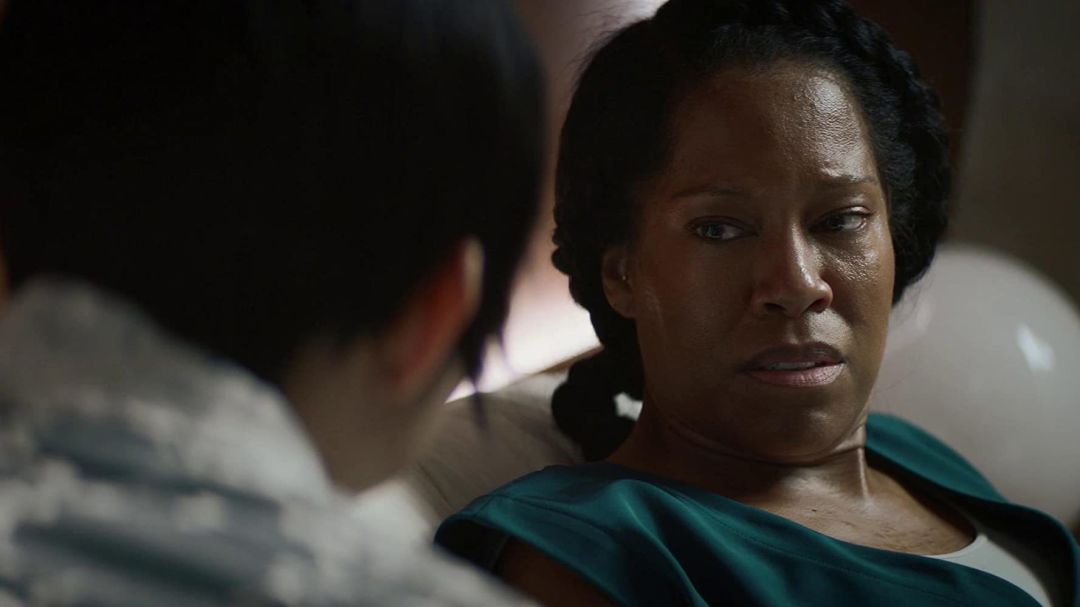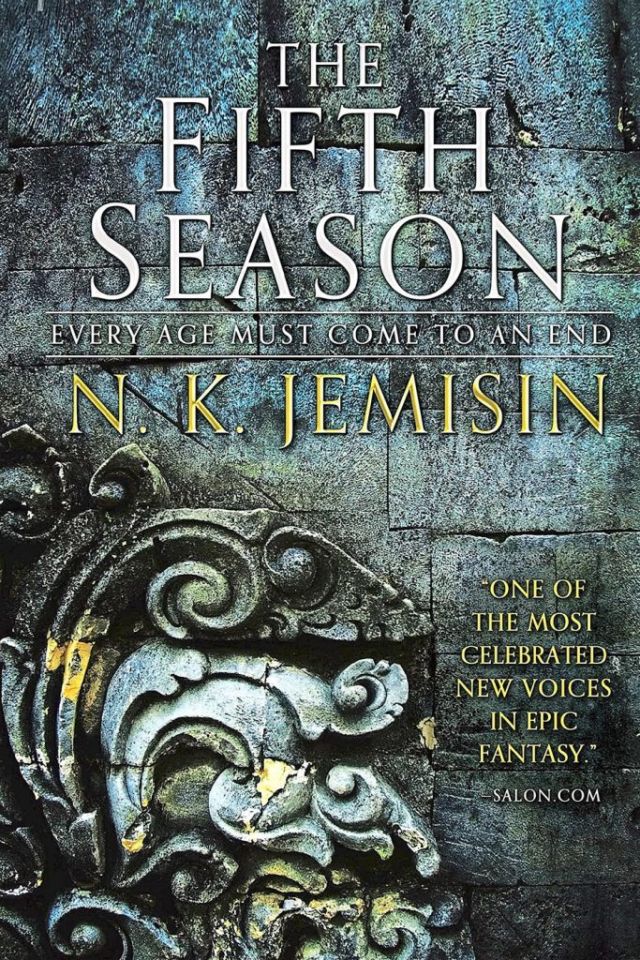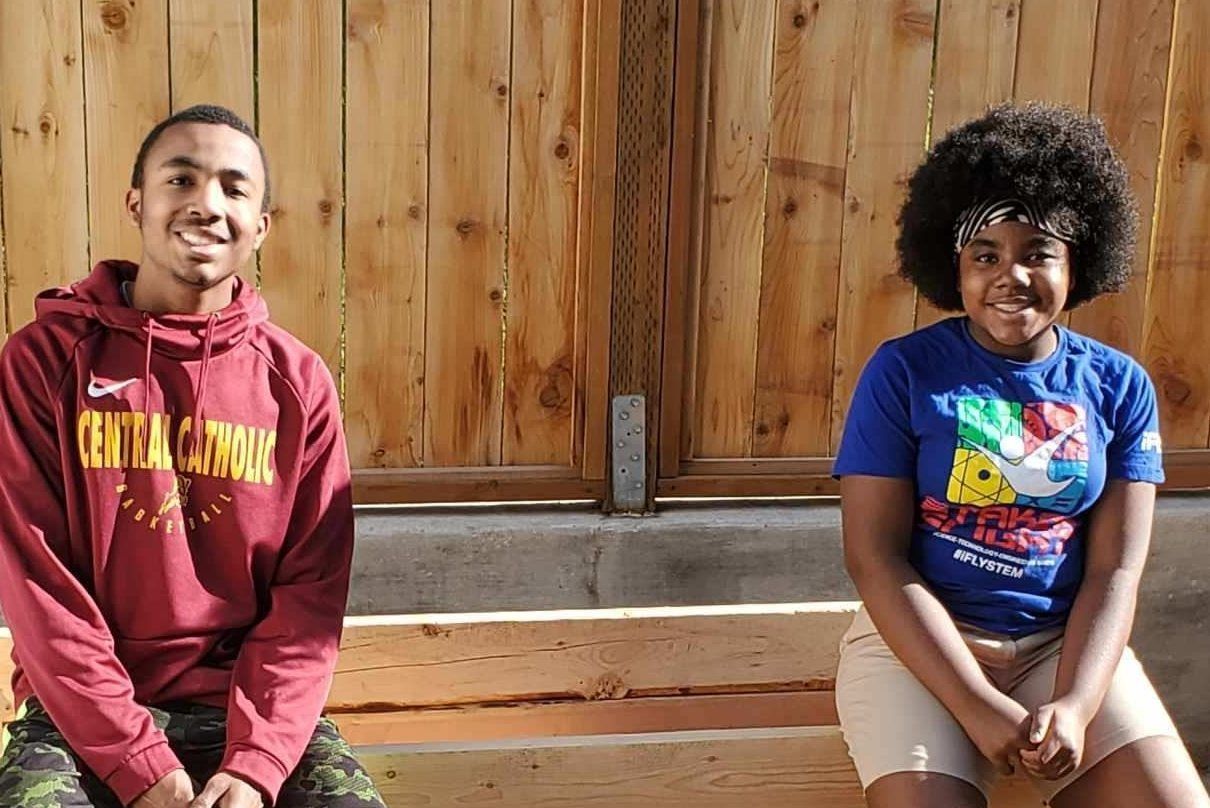What to Read, Watch, and Listen to This Week: June 10

Regina King and Hong Chau in HBO’s Watchmen
Image: Courtesy HBO
The news is stressful. We get it—we write it! Maybe you’re protesting, maybe you’re donating, maybe you’re reading up or keeping tabs on the way your representatives are responding to the present moment, maybe you're buying from one of these Black-owned Portland brands. Keep doing that!
Staying engaged is a marathon, though, not a sprint. You’re gonna need breaks. When you take one, consider checking out some of the stuff keeping us sane (or somewhere close), which we’ve collected here in our weekly culture roundup.
The Fifth Season
Never Have I Ever
Vital intel arrived via text just over a month ago: “Never Have I Ever dropped on Netflix today.” And then, when my reply didn’t come immediately—because I was trying to remember if I’d read that the semiautobiographical Mindy Kaling–produced series was a teen sex comedy and to decide whether my kids, currently at ages when they think kissing is dumb and anything more is really gross, would watch it—the sender offered the essential follow-up, “It’s more sexually frank that To All the Boys. You don’t see any action, but characters talk about ‘getting railed.’” That sounded fine, or at least like something the kids wouldn’t walk out on and retreat to their Roblox lairs.
Played much more for laughs than high school dramas like My So-Called Life or Freaks and Geeks, Never Have I Ever chronicles the start of sophomore year for SoCal teen Devi (Maitreye Ramakrishnan), whose dad (played in flashbacks by Heroes’ Sendhi Ramamurthy) died the year before, and whose India-born dermatologist mom, Nalini (Poorna Jagannathan of HBO’s The Night Of), is terrified her American daughter is on a path to end up working at Jersey Mike’s. Claws’ Niecy Nash plays Devi’s very patient therapist, whom she started seeing after her dad died. For 10th grade, Devi decides she and her two best friends—called “the UN” by classmates for being a) a rainbow of racial identities and b) nerds—should up their social standing by snaring boyfriends and try to have more fun in general. She propositions a dreamboat from the swim team, decides her dad’s spirit lives in a coyote, and is at times a very bad friend.
The ensuing pratfalls and awkward moments are narrated by none other than ... tennis legend John McEnroe? I guess if anyone needs an inner John McEnroe to scream at the unfair umpires of life, it’s a teenage girl. It works. He’s mostly offscreen, and it’s not quite in the same class as legendary “version of self” celebrity cameos like Peter Falk in Wings of Desire, Tim Russert on Homicide: Life on the Street, and Stevie Nicks in American Horror Story: Coven, but it’s way up there. —Margaret Seiler, managing editor
The Normal Heart
At the end of last month, legendary artist and activist Larry Kramer—he of ACT UP and the Gay Men’s Health Crisis and, yes, Lost Horizon—died of pneumonia, just short of his 85th birthday. The New York Times absolutely biffed his obituary, first claiming his “abusive tactics” overshadowed his accomplishments, then spending the rest of the day softening that claim before relenting and reframing the piece entirely.
Here’s the thing, though: Larry Kramer was an asshole (to the New York Times especially). Ned Weeks, the not-at-all-veiled stand-in for Kramer at the center of his award-winning 1985 play The Normal Heart, says as much. Kramer was angry and polarizing and relentless. He made didactic art and loved the limelight and constantly fought with his fellow activists. He also saved thousands of lives, and he did it because he loved gay people.
The Normal Heart might be Kramer’s best-known outing as a writer, and it is a doozy. It begins at the start of AIDS in New York City and follows the epidemic through its first few years, when Weeks-slash-Kramer befriends a polio-stricken doctor (inspired by real-life MD Linda Laubenstein), falls in love, and tries in vain to stir the world around him into appropriate action. It is unsparing as hell, full of blunt rage and damning tirades against everyone from then-Mayor Ed Koch to President Reagan to fellow gay men who failed to take the threat of HIV seriously.
The 2014 HBO adaptation is far from perfect, but I watched it this weekend and it made me cry the hardest I have cried since I was 9 years old. Sloppily directed by Ryan Murphy (his signature tastelessness fully intact), it stars a possibly offensive, limp-wristed Mark Ruffalo as Ned Weeks, Julia Roberts as Emma (the Laubenstein stand-in), and an incredible Matt Bomer as a New York Times fashion columnist who eventually succumbs to disease.
My heightened response certainly owes no small part to a profound desire for catharsis In These Uncertain Times, but I pity anyone whose face remains fully intact by the time the (also devastating) credits roll. Kramer's words, free from nicety or cheap sentiment, lacerate because they capture the actual confusion and terror of watching your friends die and the world shrug. The Normal Heart hardly counts as an escape right now (or ever), but escape is hardly what we need. It’s clarifying and galvanizing and it cranks your injustice receptors up to 11. It’s necessary Pride framing, it’s a history lesson, and it’s a reminder that change is ugly and it’s always worth it. That’s what we need.
That and Matt Bomer's bone structure. —Conner Reed, arts & culture editor





